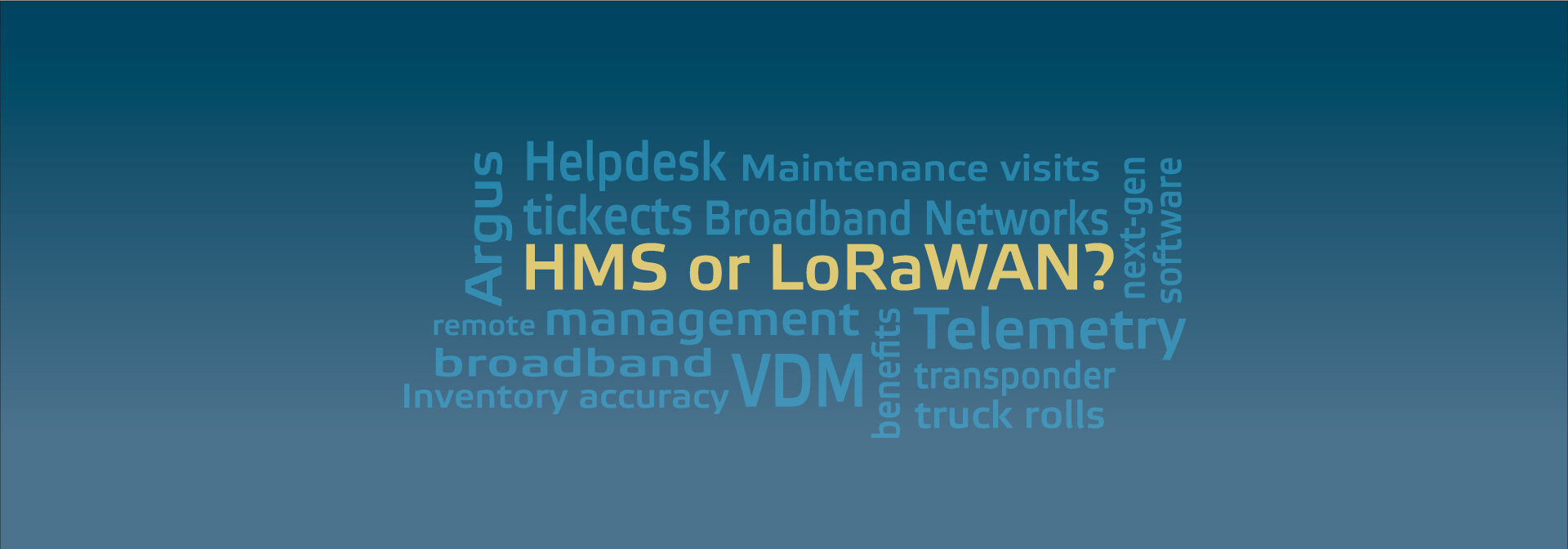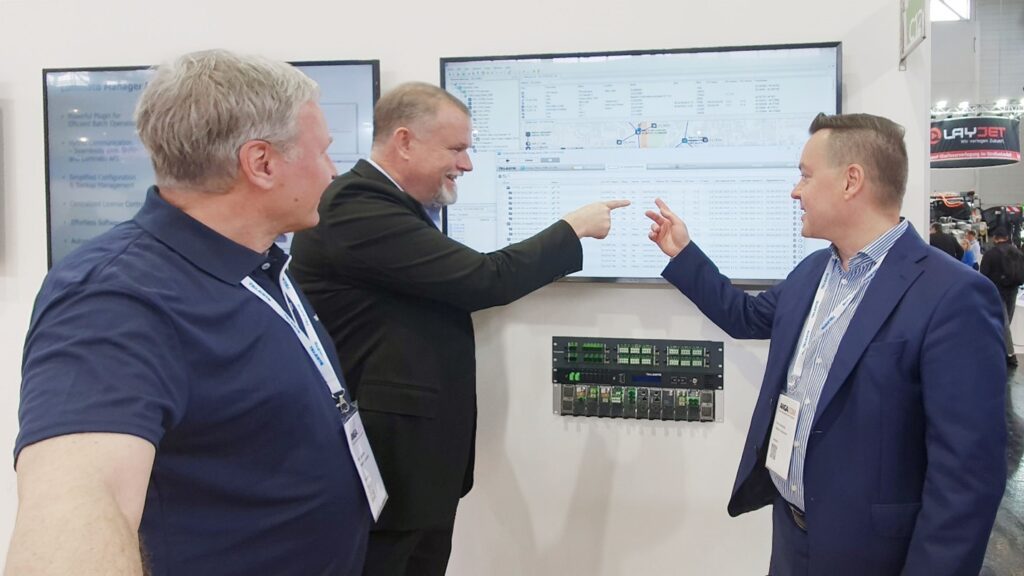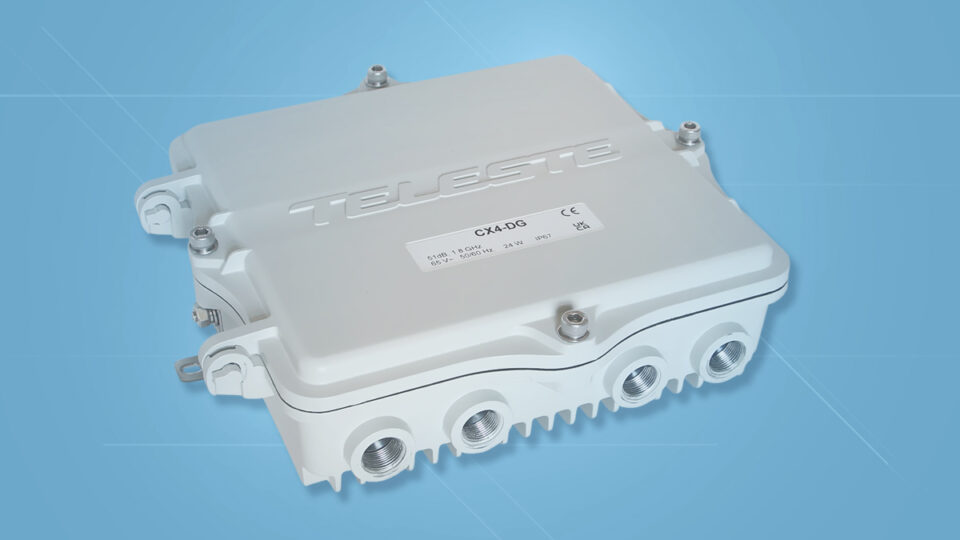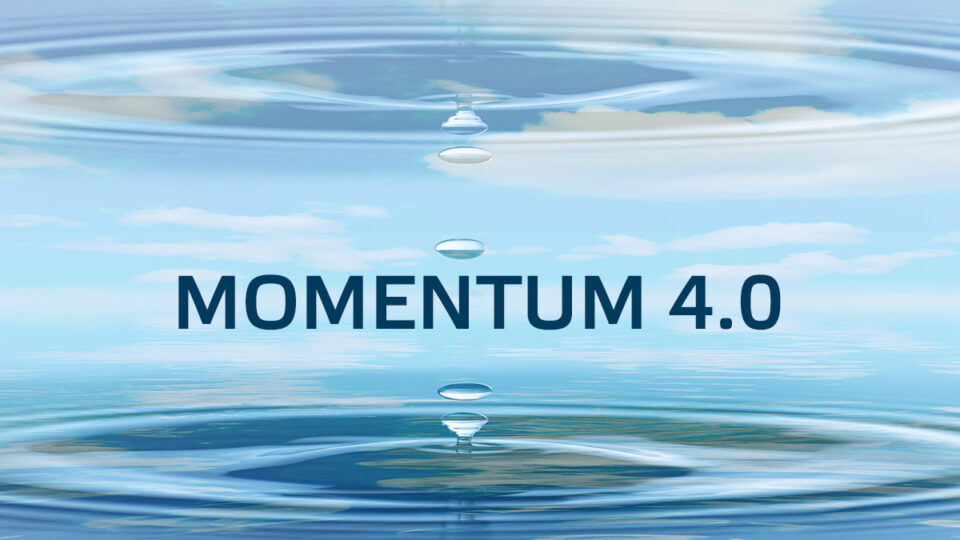
HMS or LoRaWAN? Teleste Says Both – Interview with the Executives
At ANGA COM 2025, we received several inquiries about the future of our transponder technologies. Given that DOCSIS will no longer be a viable long-term option, operators were keen to understand if Teleste considers HMS, including its future versions, as the optimal alternative.
As Teleste had not explicitly communicated its stance regarding LoRaWAN previously, some customers might have interpreted this as hesitation toward the technology. To clarify this, I had the excellent opportunity to discuss Teleste’s position on transponder technologies with Ulf Andersson, Executive Vice President, Broadband Networks, and Olli Leppänen, Vice President, Access Networks.
Arttu: Some customers believe Teleste is exclusively committed to HMS technology. Is that accurate?
Ulf: Not really. LoRaWAN is already part of our roadmap.
Arttu: Where and why do you think this misconception originated?
Ulf: I think this perception arose because we have extensively discussed the benefits of intelligent networks, smart amplifiers, telemetry, and management, but perhaps we have not been clear about whether these benefits would also apply to operators choosing LoRaWAN instead of HMS.
Arttu: Is there any reason why operators choosing LoRaWAN would not receive these benefits?
Olli: Looking back, it is easier now to clearly state that all the benefits available through HMS will also be attainable with LoRaWAN. However, understanding our earlier hesitation requires clarifying these benefits. We have stated that customers adopting intelligent networks eliminate seasonal maintenance visits, reduce truck rolls by 60%, see a 30% reduction in helpdesk tickets and calls, achieve 100% inventory accuracy, and lower power consumption by 20%. These benefits have been proven in real networks where only HMS and DOCSIS were available.
Arttu: What specifically complicated confirming those benefits with LoRaWAN?
Olli: For example, our network topology discovery relies on data provided by HMS. While the topology is visible through our Argus network management system, it requires advanced software previously validated only in HMS-based environments. Certain intelligent network benefits depend on accurate network topology knowledge. Thus, initially, we needed to verify if LoRaWAN could deliver comparable capabilities. Now, however, we can confidently state that operators choosing LoRaWAN will indeed access the same intelligent network benefits.
Ulf: Exactly. I would also emphasize the importance of maintaining or even enhancing the excellent user experience Argus customers currently enjoy with HMS. Our goal, when integrating LoRaWAN support into Argus, is to ensure that this user experience is at least as good as what our customers expect—or ideally, even better.
Arttu: Does this mean Teleste will offer a LoRaWAN option in the future?
Ulf: Absolutely.
Olli: Definitely. We’re looking forward to the upcoming SCTE Expo, where we plan to present our products in greater detail.
Arttu: Thank you for your time, and enjoy the rest of the show!
*This interview took place on June 4 at Teleste’s booth during ANGA COM 2025.

In the picture: Teleste’s CTO, Pasi Järvenpää (right), demonstrating Teleste’s VDM—a virtual HMS controller widely used in operational networks by many North American customers—to Ulf Andersson (left) and Olli Leppänen at ANGA COM 2025.
Arttu Purmonen
Arttu Purmonen
I joined Teleste in 1997 and engineered video processing and data transmission products. I have worked as engineer, project manager, product manager and business director but understanding customer perspective has always motivated me. It brought me to be responsible for system and technical marketing where my internal driving force and former experience can party together. See my LinkedIn.



